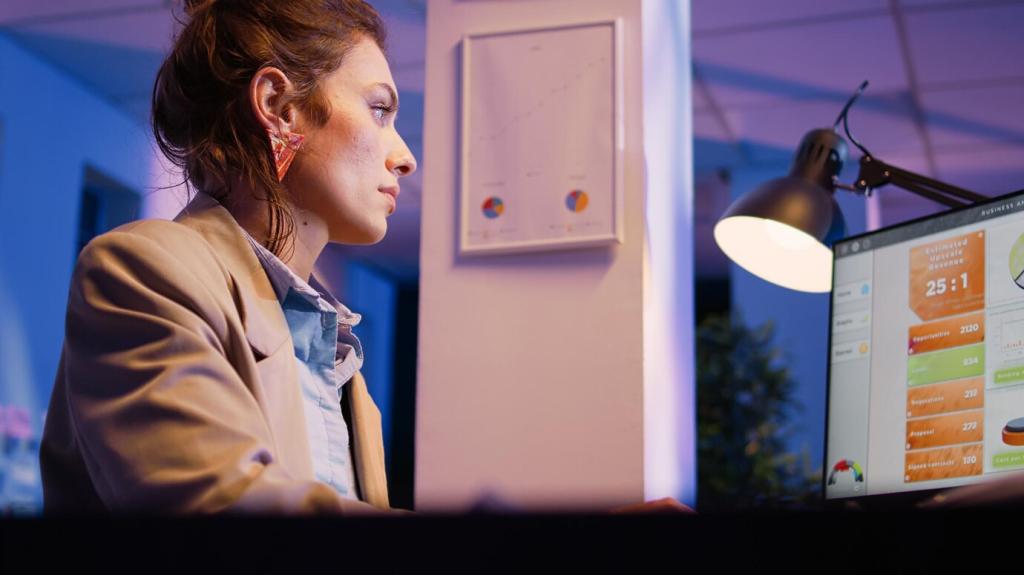Emerging Trends in Remote Work Technology
Remote work has evolved from a rare perk to a defining feature of modern employment. The ongoing transformation is driven by rapid advancements in technology, changing workforce expectations, and global events shaping how organizations operate. As businesses embrace distributed teams and flexible arrangements, technology continues to play a pivotal role in enhancing collaboration, productivity, and employee satisfaction. The current landscape of remote work is more dynamic and innovative than ever, with numerous trends and tools emerging to address the unique challenges and opportunities of a dispersed workforce. The following sections explore the significant trends defining the future of remote work technology, examining how these innovations are setting new standards for work, connectivity, and organizational performance.

Advancements in Cloud Security
Enhanced Collaboration Platforms
Integration with Enterprise Ecosystems
Smart Virtual Assistants
Automated Data Analysis
Intelligent Workflow Optimization
The Expansion of Asynchronous Communication

Virtual Office Spaces

Augmented Reality for Training and Support

Enhanced Team Building Experiences
Advances in Cybersecurity for the Distributed Workforce
Endpoint Security Innovations
Secure Access and Identity Management
Employee Cybersecurity Training
Real-Time Productivity Metrics
Goal and OKR Tracking Tools

